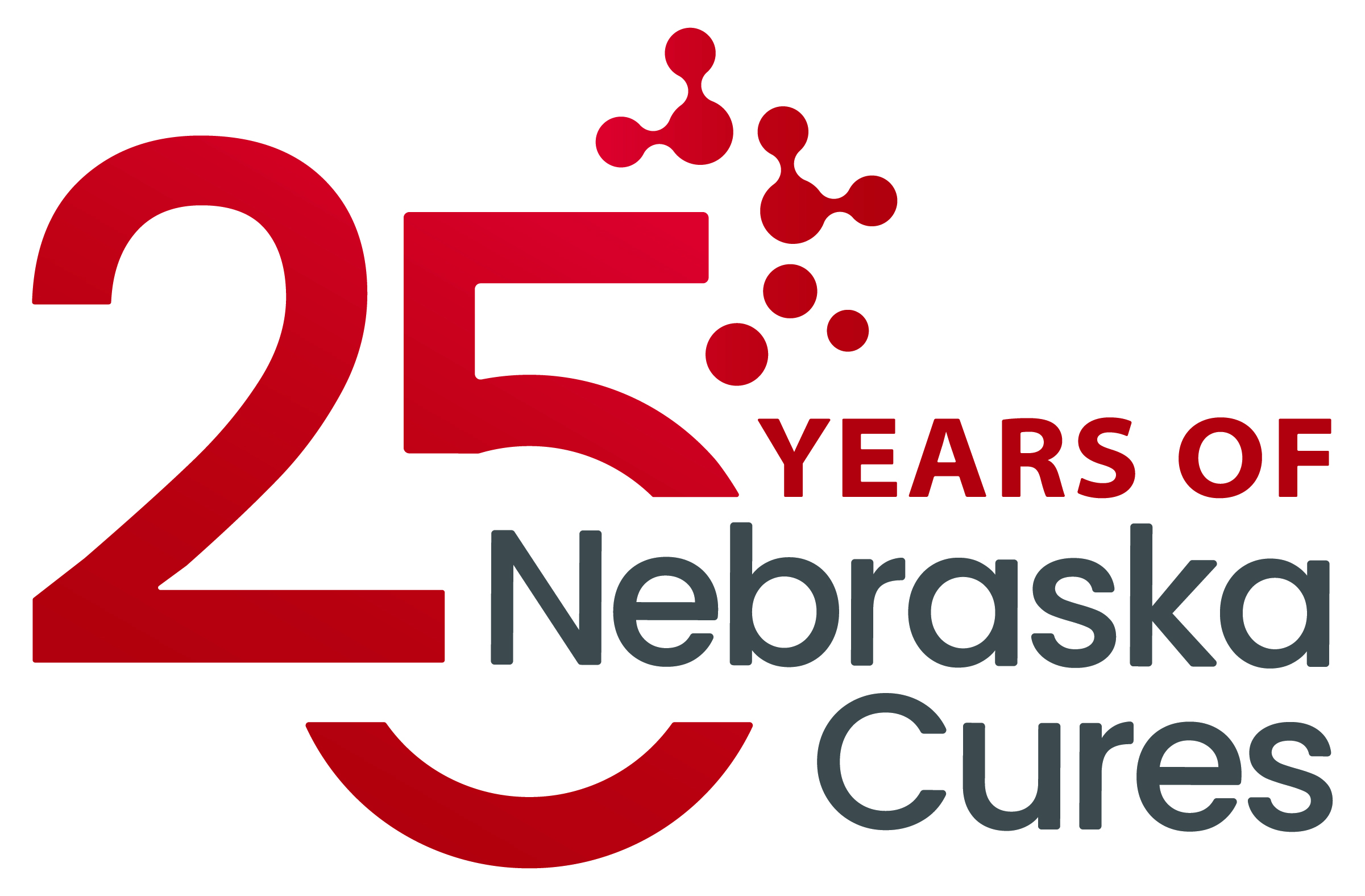by Dr. David Crouse, Nebraska Cures Board President
Last year at this time, I wrote about the success of Chimeric Antigen Receptor T-cell (CAR-T cell) therapy for several blood related cancers. To review, clinicians and scientists have clearly shown that these types of cancers have unique markers on their cell surface that can be identified by molecular or immunological techniques. Several more traditional immunotherapies are available or in clinical trials but CAR-T cell therapy has shown some remarkable success in some cancers. This therapy is the ingenious combination of immunotherapy and a specialized form of gene therapy (CAR T Cells: Engineering Immune Cells to Treat Cancer – National Cancer Institute; Chimeric Antigen Receptor Therapy (nejm.org); and The Promise and Challenges of CAR-T ne Therapy | Genetics and Genomics | JAMA | JAMA Network). To explain this approach simply, one of the main cell types responsible for recognizing pathogens and mounting an immune response are blood borne T-lymphocytes, also called T-Cells. These cells circulate throughout the body and can recognize a pathogen with specialized receptors on their cell surface that bind to the pathogen and lead the T-cell to kill it. This would be great if only there were circulating, specific T-cells with the right receptor to recognize and kill the cancer cells. That is where CAR-T cell therapy comes in.
Studies have shown that some cancers have antigens on their cell surfaces that identify the cancer cell (e.g., CD19 on B-cell lymphomas). Molecular biology also has led to the understanding of the intracellular, DNA-based construction of T-cell receptors. Using this, scientists have built the receptor that binds to the antigen on the surface of the cancer cell. Blood lymphocytes are removed from the patient; T-cells are isolated and collected; the rest of the blood cells are returned to the patient in a process called apheresis. An inert virus carrying the DNA that makes the receptor that was found to be specific for the cancer cells is then inserted in these collected T-cells – these are now called CAR-T cells. Special culture techniques are then used to stimulate the CAR-T cells to divide and greatly multiply their number into many millions of cells. After chemotherapy, the CAR-T cells are reintroduced intravenously, into the same patient where they were removed. Because they express self-antigens, they are not rejected and can function as anti-cancer T-cells.
I have also previously written about the process of producing induced, pluripotent stem cells (iPSC) and that process is reviewed in a recent Nature article (Chemical reprogramming of human somatic cells to pluripotent stem cells | Nature). Briefly, skin cells or other easily accessible cells, are removed from a patient and cultured with a carefully selected group of biochemicals in a controlled environment. Under the right conditions, some of the cells are induced to revert to a very early pluripotent stem cell (iPSC). These cells can then be cultured indefinitely. Furthermore, given a more restricted set of culture conditions and biochemicals, these cells can be driven to different more differentiated cell types including T-cells (lymphocytes). This then provides a ready source of cells that can be further manipulated by the same process that produced CAR-T cells.
In other words, it is possible to go from skin cells to cancer specific T-cells or other cell types that could be used in therapy (Pluripotent stem cells and gene therapy – ScienceDirect). Such iPSC have been chemically redirected into a variety of functional cell pathways. For example they have been redirected into becoming retinal cells and implanted in a patient suffering from age-related macular degeneration (Japanese woman is first recipient of next-generation stem cells : Nature News & Comment) and are approved to treat heart disease (‘Reprogrammed’ stem cells approved to mend human hearts for the first time – Document – Gale OneFile: Health and Medicine) as well as spinal cord injury (NatureResearch February 22, 2019) and Parkinson’s Disease (Nature News, November 24, 2018). Because these are so readily produced from multiple persons, and potentially culturable in large quantities it may be possible to bank these cells from multiple individuals and have a ready source of therapeutic cells for a wide spectrum of patients (Engineered and Banked iPSCs for advanced NK and T cell immunotherapies – ScienceDirect).
In addition, iPSCs have been genetically modified and developed to treat neurological diseases (IJMS | Free Full-Text | Induced Pluripotent Stem Cells (iPSCs) and Gene Therapy: A New Era for the Treatment of Neurological Diseases (mdpi.com); and, along with other cell therapies, will likely be used in many other diseases or conditions (Engineering the next generation of cell-based therapeutics | Nature Reviews Drug Discovery). The future of genetically engineering cells, including iPSCs, for use in a wide variety of diseases or even genetic disorders appears bright.
